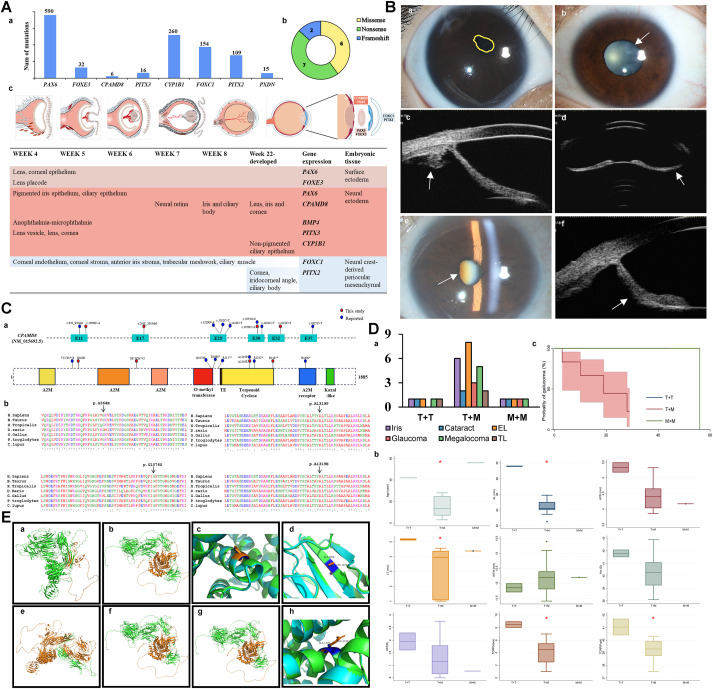
Gene jigsaw: Decrypting the CPAMD8 puzzle in Chinese patients with anterior segment dysgenesis


Anterior segment dysgenesis (ASD) represents a complex spectrum of ocular disorders linked to various genetic mutations, including PITX3, FOXE3, BMP4, CHRDL1, LTBP2, and CYP1B1.1 This heterogeneity disrupts the anterior segment's structure, impacting components crucial for vision, including the cornea, iris, and lens, alongside the aqueous humor outflow system. Such disruptions account for the phenotypic diversity observed in ASD, underlining the importance of understanding the genotype-phenotype correlations within this syndrome.2,3
